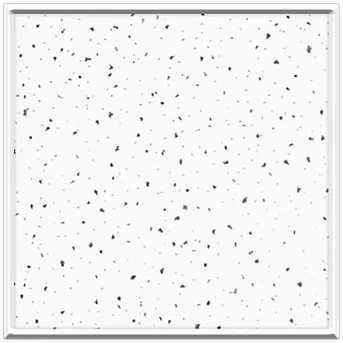Dec . 16, 2024 00:32 Back to list
12x12 Ceiling Access Panel for Easy Maintenance and Inspection in Various Spaces
The Importance of 12x12 Ceiling Access Panels
In modern construction and renovations, the utilization of ceiling access panels has gained significant importance. One such common size is the 12x12 inch ceiling access panel, which serves as a practical solution for various building needs. These panels provide access to the building's overhead systems—such as electrical wiring, plumbing, and HVAC systems—while maintaining the aesthetics of the ceiling space. In this article, we will explore the benefits, installation processes, and various applications of 12x12 ceiling access panels.
Benefits of 12x12 Ceiling Access Panels
1. Easy Accessibility One of the primary advantages of installing a 12x12 ceiling access panel is the ease it provides for maintenance and inspections. Whether it’s checking electrical connections or servicing heating and cooling systems, having a dedicated access point minimizes the disruption to the surrounding areas. This size is particularly suitable for tight spaces where larger access points may not fit.
2. Aesthetic Appeal Access panels are designed to blend seamlessly into the ceiling, thereby ensuring that they do not detract from the overall aesthetic of a room. A well-installed 12x12 access panel can be painted to match the ceiling, making it almost invisible. This feature is particularly important in residential or commercial spaces where maintaining a clean and professional appearance is paramount.
3. Versatility in Applications 12x12 access panels are versatile and can be used in various settings, including residential homes, commercial buildings, and even industrial sites. They are particularly useful in locations that require periodic access, such as above suspended ceilings in offices or in bathrooms for plumbing inspections.
4. Cost-Effectiveness These panels are generally affordable and provide a cost-effective solution for accessing essential systems. The initial investment can save building owners significant amounts in maintenance costs by allowing for easy access to repairs without major disruptions or renovations.
Installation Process
12x12 ceiling access panel

Installing a 12x12 ceiling access panel is a straightforward task that can typically be accomplished by a skilled DIY enthusiast or a professional contractor. Here are the basic steps involved
1. Measurement and Marking The first step is to determine the placement of the access panel. Measure the desired location and mark out the dimensions on the ceiling. It's crucial to ensure that the selected area does not contain any electrical or plumbing lines that could be damaged during the installation.
2. Cutting the Opening Using a drywall saw or a suitable cutting tool, carefully cut along the marked lines to create an opening for the access panel. It's important to wear safety gear to protect oneself from dust and debris during this process.
3. Attaching the Frame Most 12x12 access panels come with a frame that should be installed into the opening. Attach the frame securely to the edges of the opening, ensuring it is level and flush with the ceiling.
4. Installing the Panel Once the frame is in place, the access door can be installed. Ensure that it fits snugly within the frame and operates smoothly. Some panels may have a locking mechanism to keep them secure when not in use.
5. Finishing Touches After installation, paint the panel to match the ceiling, if desired, to achieve a seamless look. Clean any debris from the area to finalize the project.
Conclusion
In summary, 12x12 ceiling access panels play a vital role in modern construction and renovation efforts. Their ability to provide easy access to essential systems, while blending seamlessly into a room's aesthetic, makes them an invaluable addition to any property. With their affordability and straightforward installation process, these panels are an excellent investment for homeowners and professionals alike. Ultimately, the 12x12 ceiling access panel is not just a functional component but also a critical feature that contributes to the overall efficiency and appeal of building spaces.
-
Quality Ceiling Trap Doors & Access Panels | Easy & Secure AccessNewsAug.30,2025
-
Durable Ceiling T Grid Systems | Easy InstallationNewsAug.29,2025
-
PVC Gypsum Ceiling: Durable, Laminated Tiles for Modern SpacesNewsAug.28,2025
-
Pvc Gypsum Ceiling Is DurableNewsAug.21,2025
-
Mineral Fiber Board Is DurableNewsAug.21,2025
-
Ceiling Tile Clip Reusable DesignNewsAug.21,2025







